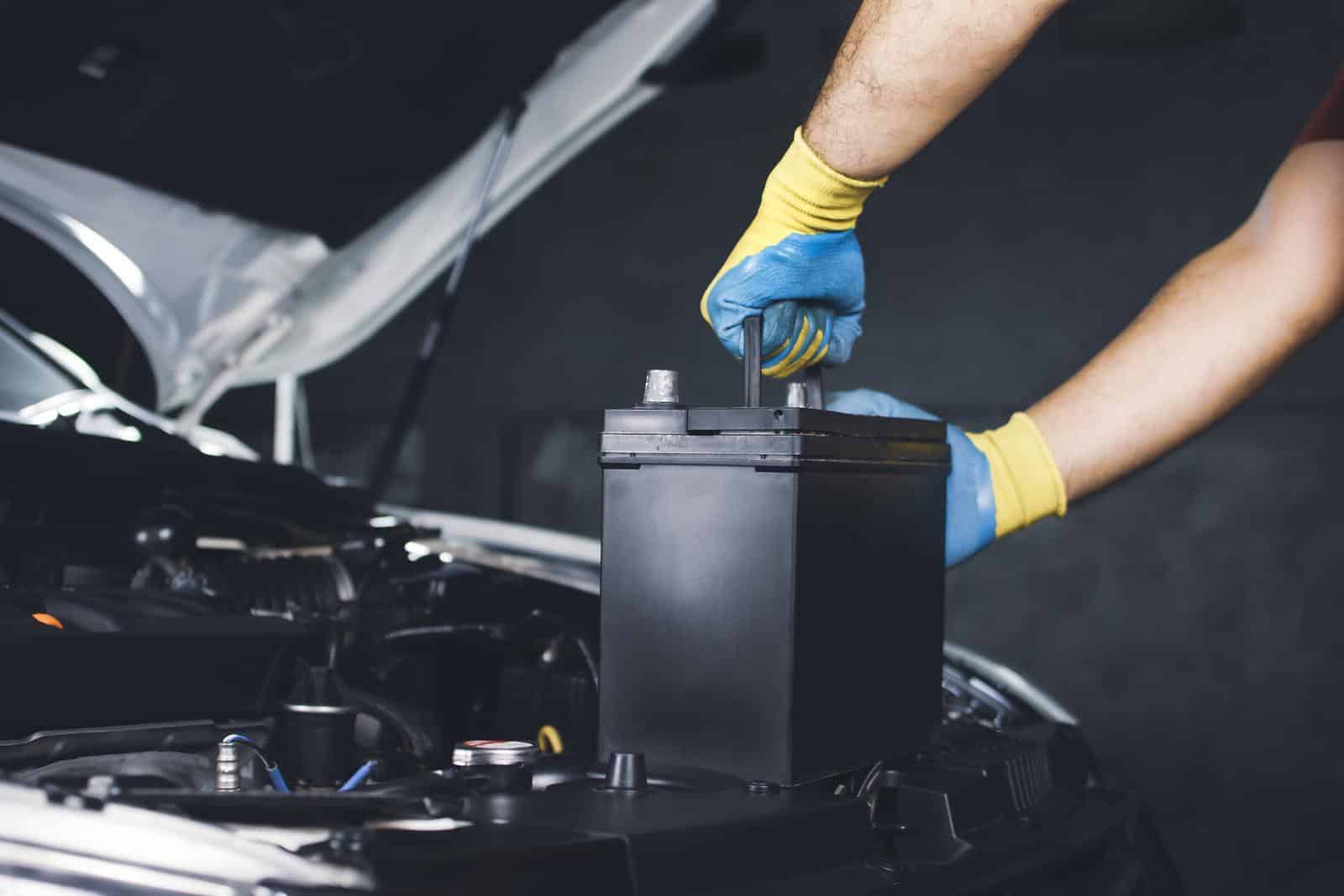Is Idling an Effective Way to Charge Your Car Battery?
Introduction
Car batteries can be an important part of keeping your car running smoothly, but sometimes it’s hard to tell when they need to be replaced or recharged. Many car owners are curious whether idling their cars will charge the battery or if they need to take it in for a full recharge. Idling can be done for a few other reasons, such as:
- Warming up the engine on cold days,
- Waiting for traffic to clear,
- Keeping your battery fresh if you don’t intend to use the car for extended periods
- Just taking a pause while driving or
- Trying to charge your battery after a jump start
Idling a car that has been parked for an extended period of time removes the buildup of water in your exhaust system and maintains the catalytic convertor, but in practice, it may have a limited positive effect on the health and lifespan of your car battery in such situations but first what exactly is idling?
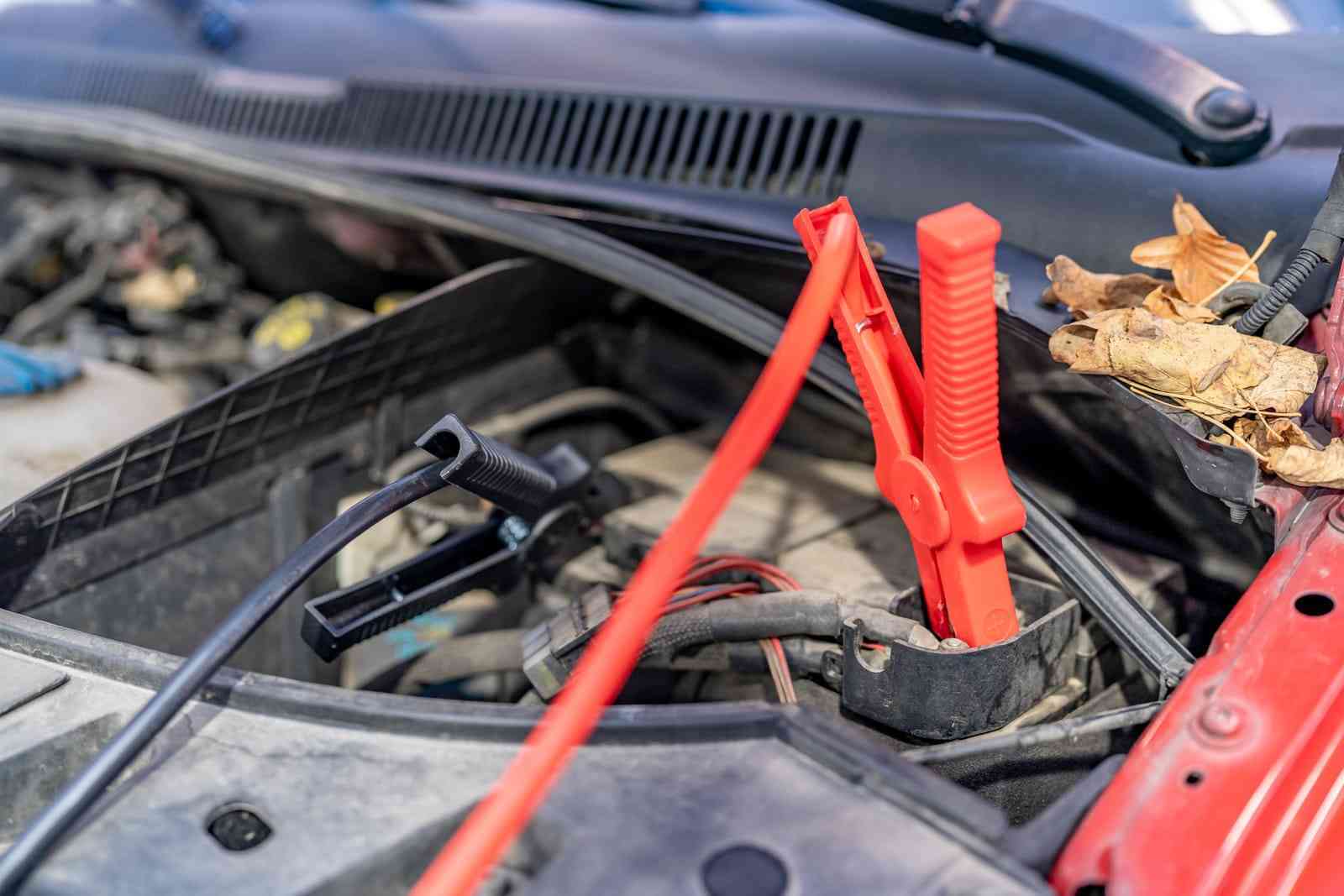
What is Idling?
Idling refers to keeping a car running while not actively driving. This could mean turning on the engine and letting it run in a parking lot or leaving it running while waiting in a drive-thru line. It’s important to note that idling isn’t just turning on the ignition and letting the car sit—it means actually running the engine while stationary.
SAFETY FIRST: Never idle your car in an enclosed space like a garage. Exhaust particles and gases are extremely poisonous.
Does idling charge my car battery?
Short answer: Yes, idling charges your car battery… If the alternator is in good condition, the engine’s electricity will trickle down and charge the car battery. However, it is important to note that there are limits how much of a charge you can get from idling alone.
For instance, if your battery has been completely drained due to leaving lights or other electrical components on while your vehicle was off, then idling won’t do anything—you’ll need an external charger or power source to bring it back up. Idling cannot raise your battery voltage significantly if you have a completely dead car battery. You will need an actual battery charger for that. Read this article to find out if your completely dead car battery can be charged or if a replacement car battery is your only option.
If you intend to leave the car parked for a long time idling the car for 15-30 minutes regularly is good for the engine but may not do much for the lifespan of the battery. This is especially true if there is a significant parasitic draw from electrical loads in the vehicle. In this case, it is best to disconnect the battery completely by removing either the negative terminal or the positive terminal. We recommend this if you are car is parked in a safe place and you do not need your car alarm system to be working.
Otherwise it is best to invest in a trickle charger. A trickle charger is a device used to charge and maintain the charge of a battery. It provides a low, constant current to the battery over an extended period, which helps prevent the battery from self-discharging and keeps it fully charged. Trickle chargers are commonly used for vehicles or equipment that are not frequently used or stored for long periods of time.
How the Alternator Charges a Battery
An alternator is the device in a car that charges the battery and powers the electrical system. As the engine runs, the alternator produces an alternating current that is then converted to a direct current for charging the battery. The alternator will usually charge the battery when the engine is running, but idling will NOT charge the battery as quickly as running the engine at higher speeds. To learn more about your alternator and what can go wrong with it check out our post on What Charges a Car Battery.
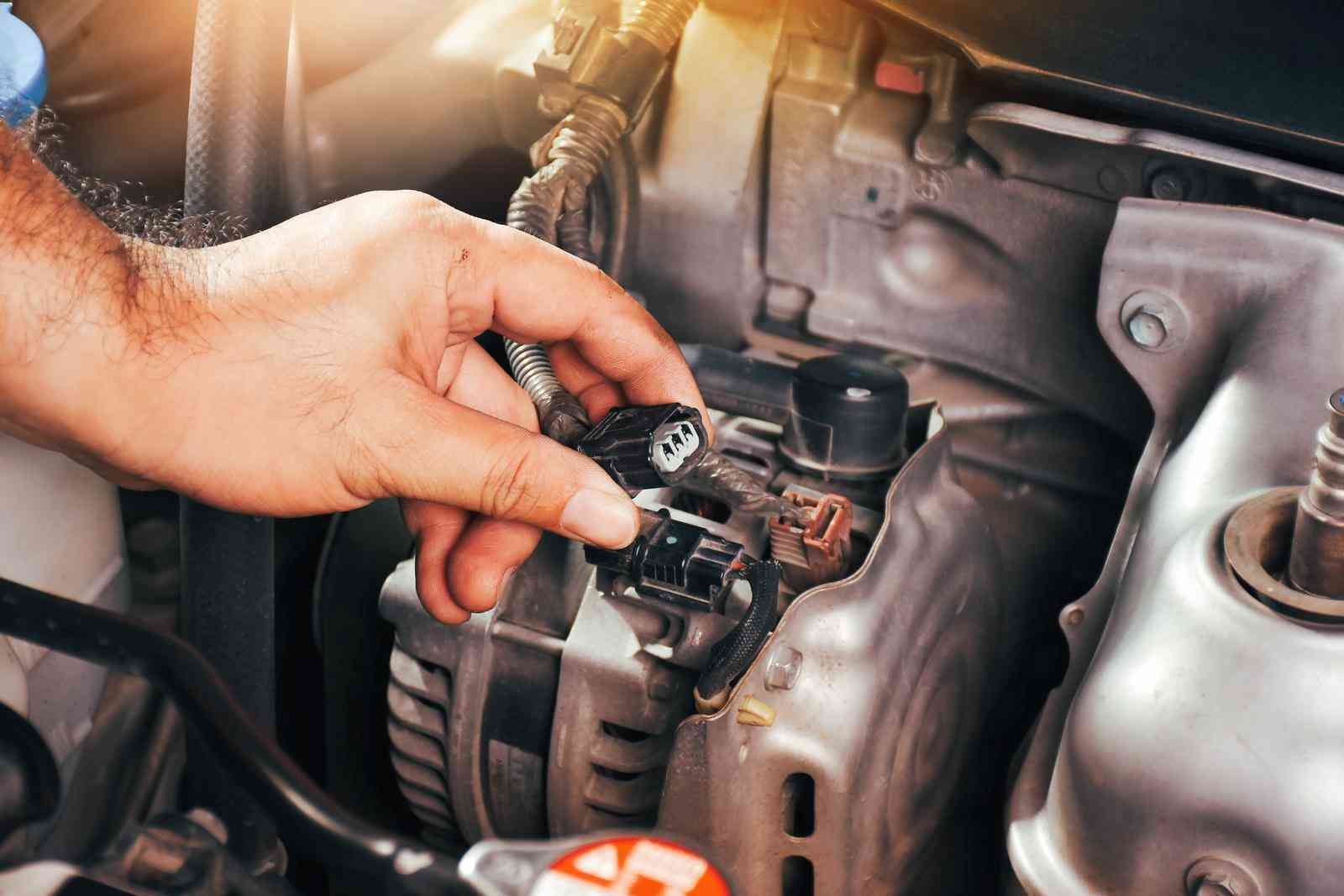
Tips To Keep Your Battery Charged
- When your car isn’t running and you’re not using any of its electrical components (like lights or music), make sure that you turn off everything—including the key! Even when seemingly “off,” leaving your key in the “on” position allows electricity from the battery to continuously flow into components like air conditioning and radio systems, which can drain your battery quickly over time.
- Clean your battery terminals to get rid of any corrosion as this can reduce that amount of electrical current entering and leaving the battery and reduce your battery life over a period of time.
- You should install a trickle charger onto your vehicle if you plan on storing it for extended periods, i.e., longer than two weeks—this will help keep your battery from becoming completely drained during extended storage times especially during cold weather. This way, as soon as you start up again after storage, it’s ready to go!
- Finally, check out our guide on how long batteries last if you’re starting to suspect yours might be dying. Replacing them regularly before they become too weak can save you from having difficulty starting it up in future situations!
How much of a charge can I get from idling?
The amount of charge you get from idling depends on several factors, including how long you let your car idle for, what type of battery you have, and how old/worn down it is (the older batteries hold less of a charge). Typically speaking, though, allowing your vehicle’s engine to idle for about 15-20 minutes should give your flat battery enough of a boost in power to keep things going until more permanent measures can be taken (such as replacing or recharging).
Nowadays, sophisticated battery management systems BMS (i.e. onboard computers) control the amount of charge the alternator is giving the battery. If you have a healthy battery that is low in charge, the BMS will automatically raise the charging rate to the maximum current even when idling and reduce it when the battery is fully charged.
Can I overcharge my battery by idling too long?
No. The alternator provides a small charge while idling and cannot damage your battery if it is working normally. At normal alternator charging rates, you’ll probably run out of fuel before any significant damage is done to your battery.
Cars have alternators on board that keep their batteries charged while they are running—so as long as all electrical components are turned off when not needed and regular maintenance checks are performed on them (such as checking fluid levels), there shouldn’t be any need for a full recharge of your battery anytime soon. Additionally, installing trickle chargers onto vehicles stored for longer than two weeks and regularly replacing batteries before they become too weak can help ensure that every time you start up after storage or leave home in the mornings, your vehicle will be ready!
Refrence
Mazlan, R., Dan, R., Zakaria, M., & Hamid, A. (2017). Experimental study on the effect of alternator speed to the car charging system. , 90, 01076. https://doi.org/10.1051/MATECCONF/20179001076.
Author Bio: Victor Jaxen is a highly experienced Sales and Marketing Manager in the automotive industry. With over twenty years of experience, he has demonstrated expertise in customer service, automotive engineering, and car batteries and electrical systems. Holding a Master of Engineering – MEng degree in Manufacturing Engineering from Cardiff University / Prifysgol Caerdydd, Victor is passionate about delivering exceptional results and utilizing his skills to drive business growth. With his comprehensive knowledge and understanding of the automotive industry, Victor provides accurate and reliable information on a wide range of topics, including car batteries and electrical systems. Stay tuned to annewetey.com for valuable insights and industry expertise from Victor Jaxen!

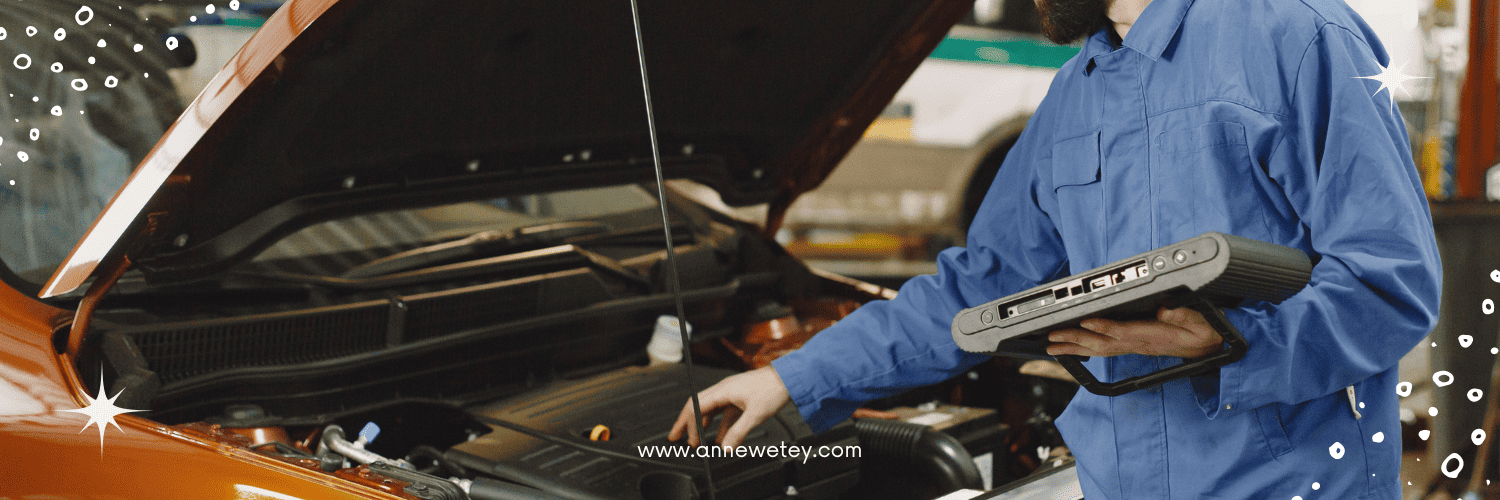
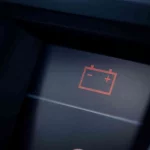 Previous Post
Previous Post Next Post
Next Post